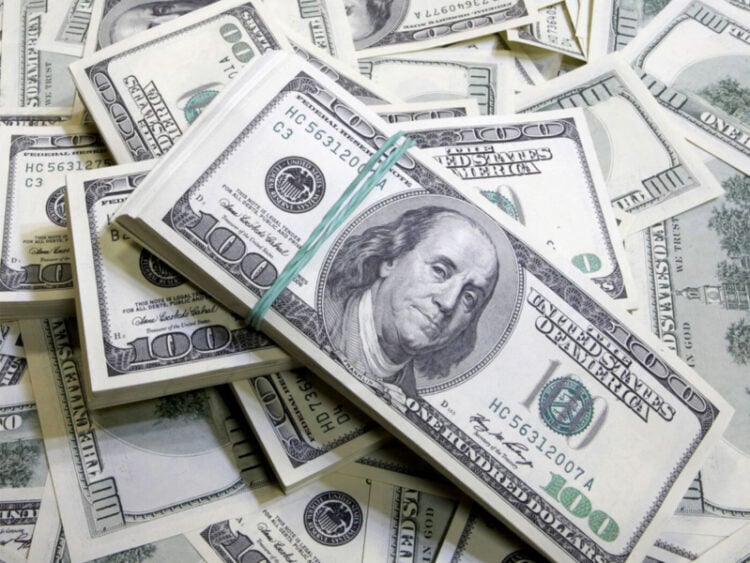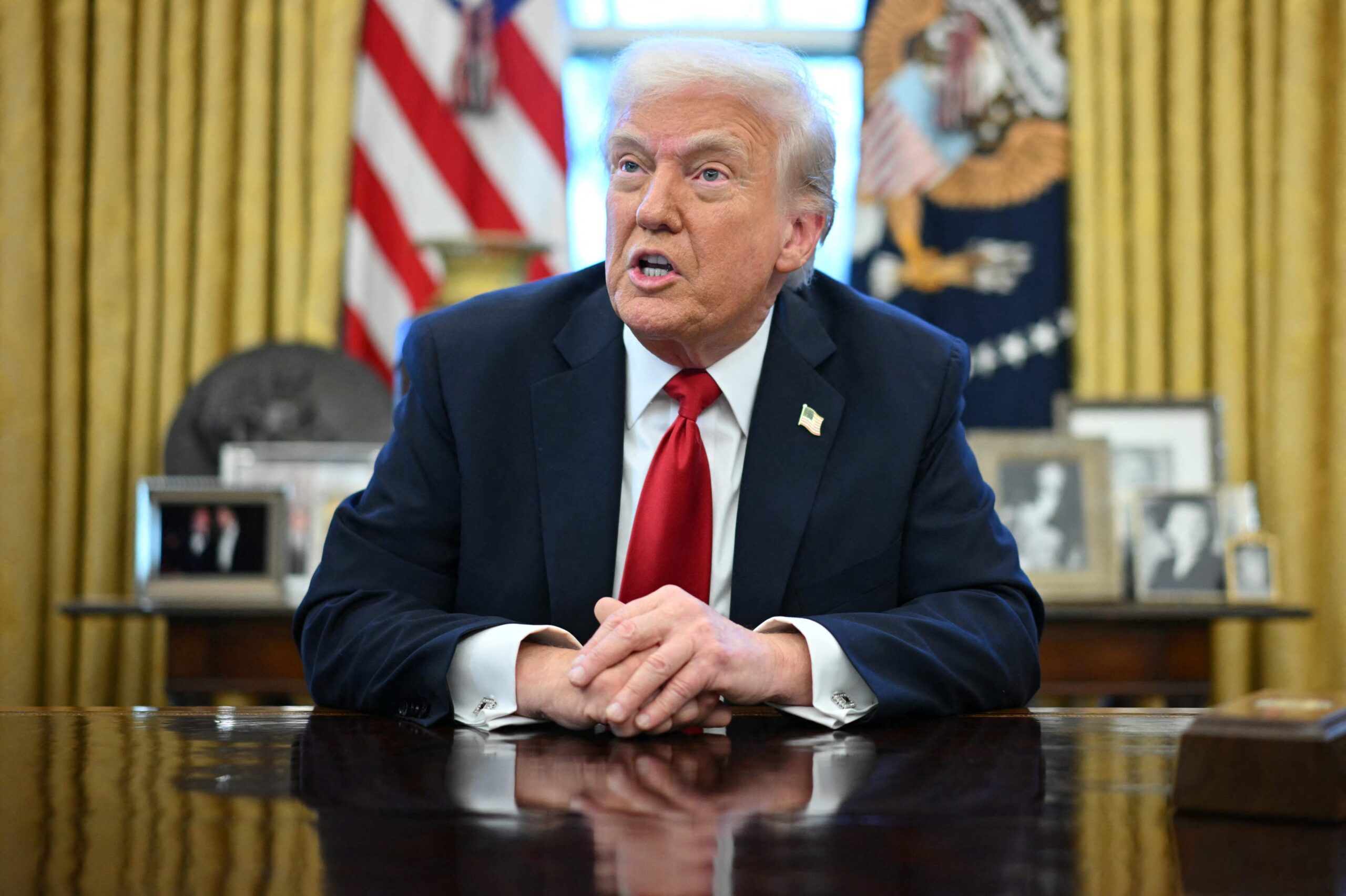Publisher: Maaal International Media Company
License: 465734
S&P: Saudi government and private sector raise $274 billion in debt issuances over 5 years
اقرأ المزيد
A report issued by Standard & Poor’s revealed that Saudi issuers – including the government – have raised more than $130 billion in dollar-denominated issuances over the past five years, in addition to $144 billion raised locally in riyals during the same period.
The report indicates that the implementation of the Kingdom’s Vision 2030 is part of this boom. As the government accounts for about 60% of these issuances, the Kingdom’s Vision 2030 has created significant opportunities in the non-oil economy and banking system.
The report expected that Saudi issuers will continue to resort to global and local capital markets to finance the Kingdom’s Vision 2030. While this appears manageable in the short term, it is expected that debt will remain manageable under the agency’s baseline scenario, with the private sector debt-to-GDP ratio remaining below 100% in the next 12-24 months.
According to the report, Saudi corporates have accounted for the bulk of issuances to date, but the dynamics are changing. Saudi corporates, including government-related entities, have accounted for around two-thirds of non-government dollar-denominated issuances on average over the past five years, but we expect banks to play a larger role in the future.
He adds that increased recourse to debt capital markets could increase Saudi issuers’ exposure to future market conditions. Fortunately, this is happening at a time of low interest rates and a positive market environment. The debt position in the Saudi economy and at the sovereign level is expected to remain manageable, despite the significant increase in investments across various sectors. As the Kingdom continues its rapid and significant transformation, we expect investments to accelerate in the foreseeable future.
The report also expects that Saudi banks and corporates will continue to tap international markets to facilitate the implementation of the Kingdom’s Vision 2030, but a key factor to watch over the next year or two is the potential development of the Kingdom’s real estate-backed securities market. At the end of September 2024, banks held more than $175 billion in real estate financing, which was mostly fixed-rate and had short-term funding sources, with local deposits accounting for the bulk of these sources.
With interest rates falling, some of these real estate financings will return to trading again, meaning that banks will not incur losses if they sell these financings in the secondary market, according to the report. This could allow banks to move real estate financing off their balance sheets. This assumes that the legal obstacles associated with issuing real estate-backed securities are resolved, or at least the risks are reduced to a level that attracts the interest of local and international investors.
A real estate-backed securities market could give banks significant financial capacity to continue supporting the Kingdom’s Vision 2030, whether through existing infrastructure such as the Saudi Real Estate Refinance Company (-/positive/-A) or through direct market issuances.








